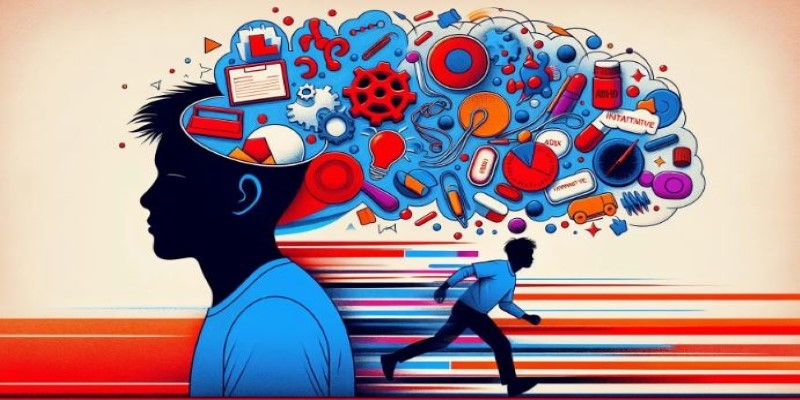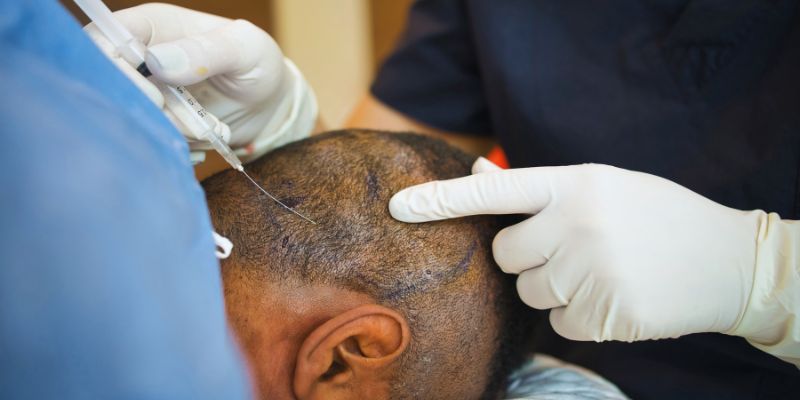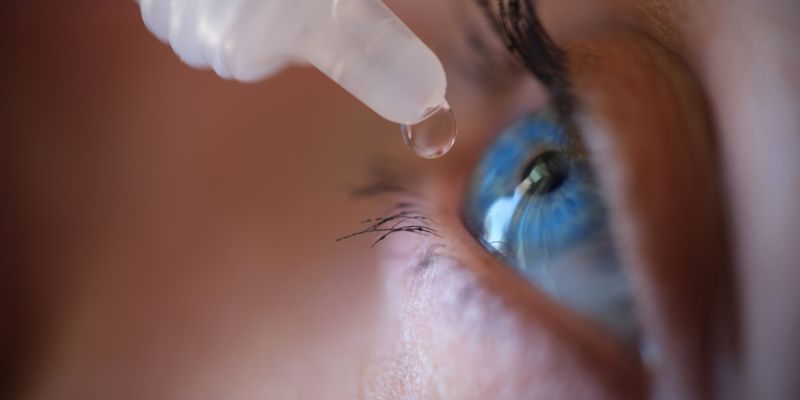Thriving with ADHD Combined Type: Strategies for Success
Attention-Deficit/Hyperactivity Disorder (ADHD) is more than just a childhood ailment; its a complex neurodevelopmental disorder that affects people of all ages. Among the various presentations of ADHD, the Combined Type stands out as one of the most common forms. This diagnosis encompasses symptoms of both inattention and hyperactivity-impulsivity, making it a multifaceted challenge for individuals and families.
While ADHD Combined Type can be daunting, understanding its nuances, causes, and treatment options can pave the way for effective management and improved quality of life. In this article, we will delve into the details of ADHD Combined Type, exploring its symptoms, underlying causes, diagnostic criteria, and available treatment options.
What is ADHD Combined Type?
The presence of symptoms from both the inattentive and hyperactive-impulsive categories characterizes ADHD Combined Type. Individuals diagnosed with this type of ADHD may exhibit a variety of behaviors, such as difficulty sustaining attention, forgetfulness, fidgeting, interrupting others, and acting without thinking. This dual manifestation often makes it challenging for those affected to navigate daily life, whether in academic settings, workplaces, or social situations.
The American Psychiatric Association classifies ADHD into three main types: Predominantly Inattentive Presentation, Predominantly Hyperactive-Impulsive Presentation, and Combined Presentation. The Combined Type is diagnosed when a person meets the criteria for both inattentive and hyperactive-impulsive symptoms, and its essential to recognize that these symptoms can vary significantly from person to person.
Causes of ADHD Combined Type
The exact cause of ADHD Combined Type remains unclear, but research suggests a combination of genetic, environmental, and neurological factors. Studies indicate that ADHD tends to run in families, implying a strong genetic component. Children with a parent or sibling diagnosed with ADHD are at a higher risk of developing the condition themselves.

Environmental factors, such as exposure to toxins (like lead), and low birth weight, have also been associated with an increased risk of developing ADHD. Additionally, certain psychosocial factors, including chaotic home environments or early traumatic experiences, can exacerbate symptoms.
Neurobiologically, ADHD is thought to be linked to differences in brain structure and function. Neurotransmitters, particularly dopamine and norepinephrine, play a significant role in regulating attention and impulse control. Research shows that individuals with ADHD may have atypical levels or functioning of these neurotransmitters, contributing to the symptoms observed in ADHD Combined Type.
Diagnosis of ADHD Combined Type
Diagnosing ADHD Combined Type is a comprehensive process that typically involves multiple steps. The diagnosis is based on criteria outlined in the Diagnostic and Statistical Manual of Mental Disorders (DSM-5), which requires that symptoms be present for at least six months, be inconsistent with developmental level, and negatively impact social, academic, or occupational functioning.
To ensure an accurate diagnosis, healthcare professionals may conduct:
Clinical Interviews: Engaging in discussions with individuals and family members reveals insights into behavioral patterns and symptom history, which is essential for understanding the full context of ADHD.
Behavioral Assessments: Utilizing standardized questionnaires and rating scales quantitatively measures the severity and frequency of ADHD symptoms, aiding in accurate diagnosis and treatment planning.
Observation: Observing individuals in various environments, such as home and school, offers critical context regarding their behavior, allowing for a comprehensive assessment of ADHD.
Medical Evaluations: Thorough medical histories and physical examinations help identify or rule out other conditions that could mimic ADHD symptoms, ensuring an accurate diagnosis.
The diagnostic process must involve collaboration between parents, teachers, and healthcare providers to gain a holistic view of the individual's functioning across various settings.
Treatment Options for ADHD Combined Type
The treatment of ADHD Combined Type typically involves a multimodal approach, combining behavioral therapies, psychoeducation, and, when necessary, medication. Here are some key components of effective treatment:
Behavioral Therapy
Behavioral therapy focuses on modifying specific behaviors through reinforcement strategies. Parents, teachers, and therapists work together to establish clear expectations, provide consistent feedback, and implement reward systems for positive behavior. Techniques such as cognitive-behavioral therapy (CBT) can also be beneficial, helping individuals develop coping strategies and improve executive functioning skills.
Medication
Medication can be an effective component of ADHD treatment, particularly for individuals experiencing moderate to severe symptoms. Stimulant medications, such as methylphenidate and amphetamines, are commonly prescribed and have been shown to enhance focus and decrease impulsivity. Non-stimulant medications, such as atomoxetine, may be considered for those who do not respond well to stimulants or experience adverse side effects.

Its important to note that medication alone is not a panacea. Regular follow-ups and adjustments are necessary to ensure optimal effectiveness and minimize side effects. A healthcare provider will typically monitor progress and may adjust dosages or try different medications as needed.
Psychoeducation and Support
Psychoeducation is vital for individuals with ADHD and their families. Understanding the disorder helps to demystify symptoms and promote empathy and support. Support groups can provide a sense of community and a space for sharing experiences and coping strategies. Parents, in particular, can benefit from learning about ADHD and connecting with others facing similar challenges.
Academic Support
Educational interventions are crucial for children and adolescents with ADHD Combined Type. Collaborating with teachers to create individualized education plans (IEPs) or 504 plans can help accommodate learning needs. This may include extended time on tests, preferential seating, or alternative teaching methods that cater to the students strengths.
Conclusion
ADHD Combined Type is a prevalent and manageable diagnosis that affects individuals across the lifespan. By recognizing the symptoms, understanding the underlying causes, and exploring various treatment options, individuals can navigate the challenges associated with this disorder. With a comprehensive approach that includes behavioral therapy, medication, and support, people with ADHD Combined Type can thrive.
Awareness and advocacy are essential in creating supportive environments that empower individuals to realize their full potential. Through understanding and collaboration, we can foster a world that enfolds neurodiversity and promotes the well-being of everyone, regardless of their unique challenges.











